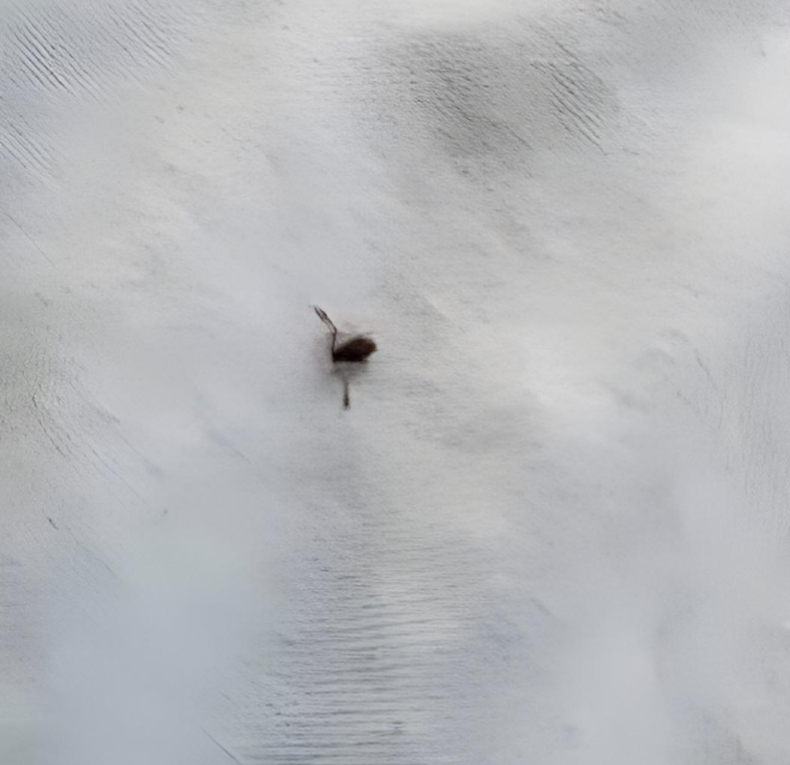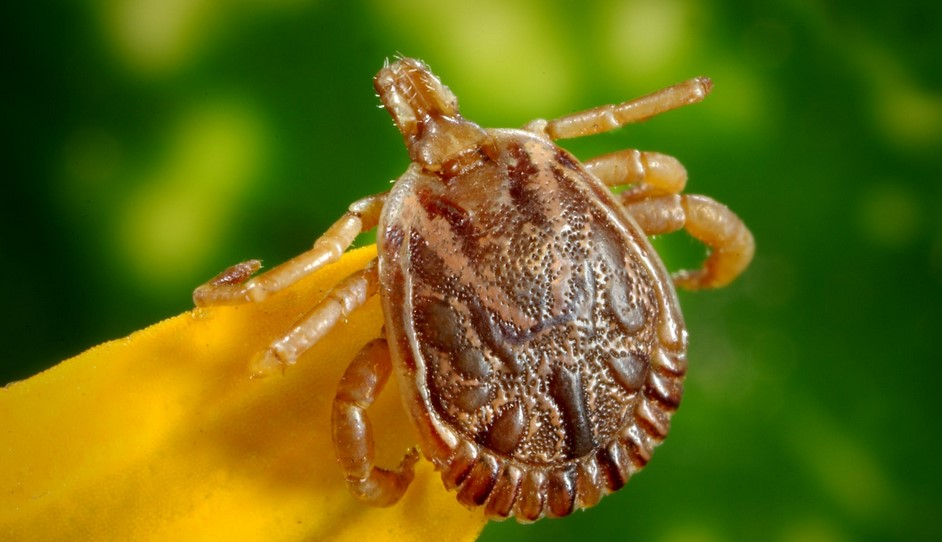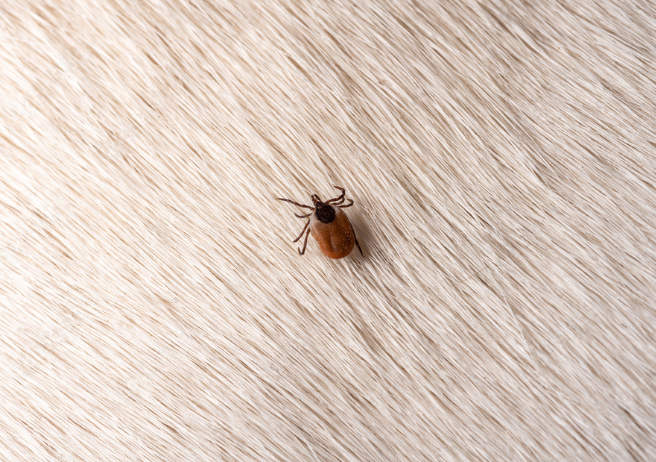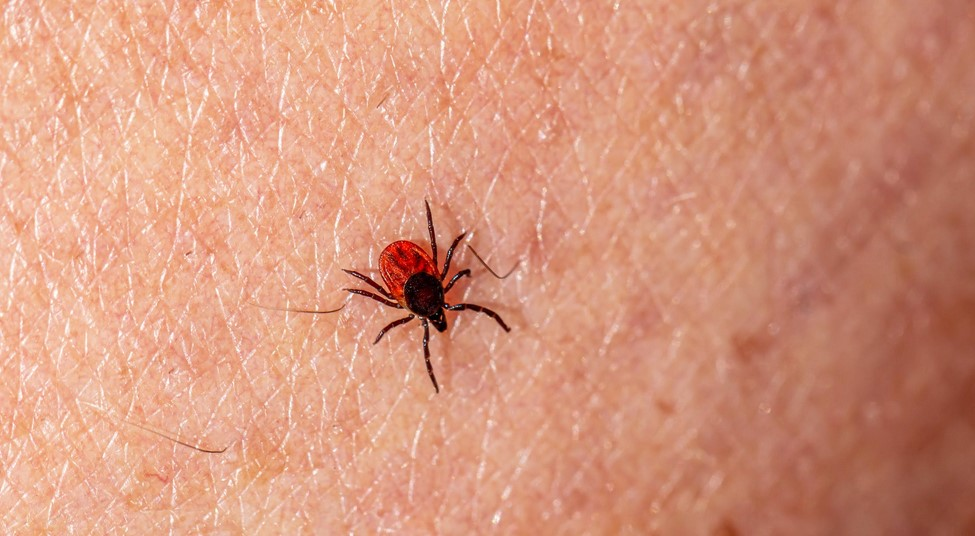Finding a tick in your house can be unsettling. These small, blood-sucking parasites can transmit various diseases to humans and animals, making their presence in your home a potential health risk. Ticks often hitch a ride indoors on pets or clothing, where they can hide and even begin to multiply. Fortunately, there are steps you can take to remove ticks from your home and prevent future infestations. In this article, we’ll walk through the essential actions to take when you encounter a tick indoors.
Understanding Ticks and How They Enter Homes
What Are Ticks?

Ticks are tiny arachnids that feed on the blood of mammals, birds, and reptiles. Unlike insects, which have three body segments and six legs, ticks have two body segments and eight legs. They’re commonly found in wooded areas, tall grass, and gardens. Ticks wait on vegetation until a host brushes against them, at which point they latch on and begin feeding.
How Do Ticks Get Into Your House?
Ticks usually enter homes by attaching to pets, people, or even clothing. Pets that spend time outdoors, especially in areas with tall grass or dense vegetation, are more likely to bring ticks inside. Ticks can also latch onto shoes, backpacks, and other gear, making it easier for them to hitch a ride into your living space.
Step-by-Step Guide to Handling a Tick in Your Home
If you find a tick in your house, don’t panic. By following these steps, you can safely remove it, clean the area, and reduce the risk of further infestation.
1. Identify the Tick Species
Before you handle the tick, take a closer look at it. Different tick species carry different risks. The most common ticks found in the United States include:
- Deer ticks (also known as black-legged ticks), which can carry Lyme disease.
- American dog ticks, which can transmit Rocky Mountain spotted fever.
- Lone star ticks, which are known for causing tick-borne illnesses and even an allergy to red meat.
If you’re unsure about the type of tick you’ve found, snap a clear photo and consult a pest control expert or healthcare provider. Identifying the tick species can help you assess any potential health risks.
2. Safely Remove the Tick
Once you’ve identified the tick, it’s time to remove it. To do this effectively, follow these steps:
- Use fine-tipped tweezers or a tick removal tool. Grasp the tick as close to the skin or surface as possible.
- Pull gently and steadily to avoid breaking the tick. Don’t twist or jerk the tick, as this can cause its mouthparts to remain embedded in the skin or fabric.
- Avoid squeezing or crushing the tick with your fingers, as this can release harmful pathogens into the surrounding area.
3. Dispose of the Tick Properly
After removing the tick, it’s essential to dispose of it safely. Here’s how:
- Place the tick in a sealed plastic bag or small container. You can add a bit of rubbing alcohol to the container to ensure the tick is killed.
- Dispose of the sealed bag or container in an outdoor trash bin.
- Never crush a tick with your bare hands. Crushing can expose you to harmful bacteria or viruses that may be present within the tick.
4. Clean the Area Thoroughly

Once the tick is removed, it’s important to clean the area where you found it. This step helps reduce the chance of infection or disease transmission:
- Wash the area with soap and water to remove any potential contaminants.
- Disinfect the area with rubbing alcohol or hydrogen peroxide.
- If the tick was on a pet, inspect their skin carefully and use an antiseptic pet-friendly solution to clean the area where the tick was attached.
5. Check for Additional Ticks
Ticks are skilled at hiding, so there could be others nearby. Conduct a thorough inspection to make sure no additional ticks are present in your home:
- Examine carpets, bedding, and furniture. These areas provide ticks with plenty of hiding spots.
- Check your pets by combing through their fur with a fine-toothed comb. Pay close attention to their ears, underbelly, and around the neck—these are common attachment points for ticks.
- Consider running a lint roller over areas where ticks might be hiding. This can help capture any ticks that you might have missed during the initial inspection.
Preventing Future Tick Infestations

Taking preventative steps can help keep ticks out of your home and minimize the risk of tick-borne illnesses. Here are a few effective strategies:
1. Regularly Check Pets and Family Members
After spending time outdoors, inspect yourself, your family members, and your pets for ticks. A quick check before coming inside can help prevent ticks from entering your home in the first place. For pets, use a tick comb to examine their fur thoroughly.
2. Keep Your Yard Tick-Free
Creating a tick-free zone around your home can go a long way in preventing indoor infestations. Here’s how to reduce ticks in your yard:
- Trim tall grasses, bushes, and shrubs where ticks commonly hide.
- Remove leaf litter and other debris that can create tick-friendly environments.
- Consider using tick-repellent sprays or products around the perimeter of your yard, especially if you live in a tick-prone area.
3. Use Tick Prevention Products for Pets
Talk to your veterinarian about tick-preventative treatments for your pets. Options include topical treatments, tick collars, and oral medications. These products can help protect your pets from ticks and reduce the likelihood of them bringing ticks indoors.
4. Seal Up Potential Entry Points

Ticks can enter your home through small cracks and gaps. Take the time to seal these potential entry points, especially around doors and windows. Weather-stripping and caulking are simple solutions that can make a big difference in keeping ticks out of your living space.
Why It’s Important to Act Quickly
Ticks aren’t just a nuisance; they pose serious health risks. Many tick species carry diseases, including Lyme disease, Rocky Mountain spotted fever, and tularemia. These diseases can lead to symptoms like fever, fatigue, muscle aches, and even long-term complications if left untreated. Acting quickly to remove ticks and prevent future infestations can significantly reduce your exposure to these risks.
Conclusion: Keeping Your Home Tick-Free
Finding a tick in your home can be alarming, but with the right approach, you can remove it safely and prevent further infestations. Remember to identify the tick, remove it carefully, dispose of it properly, and clean the area thoroughly. By staying vigilant and taking preventative measures, you can enjoy a home that’s free of ticks and the potential health risks they carry. Keep your pets protected, inspect your home regularly, and create a yard environment that discourages ticks from moving in. With these steps, you’ll be well-prepared to keep ticks at bay and maintain a healthier home.